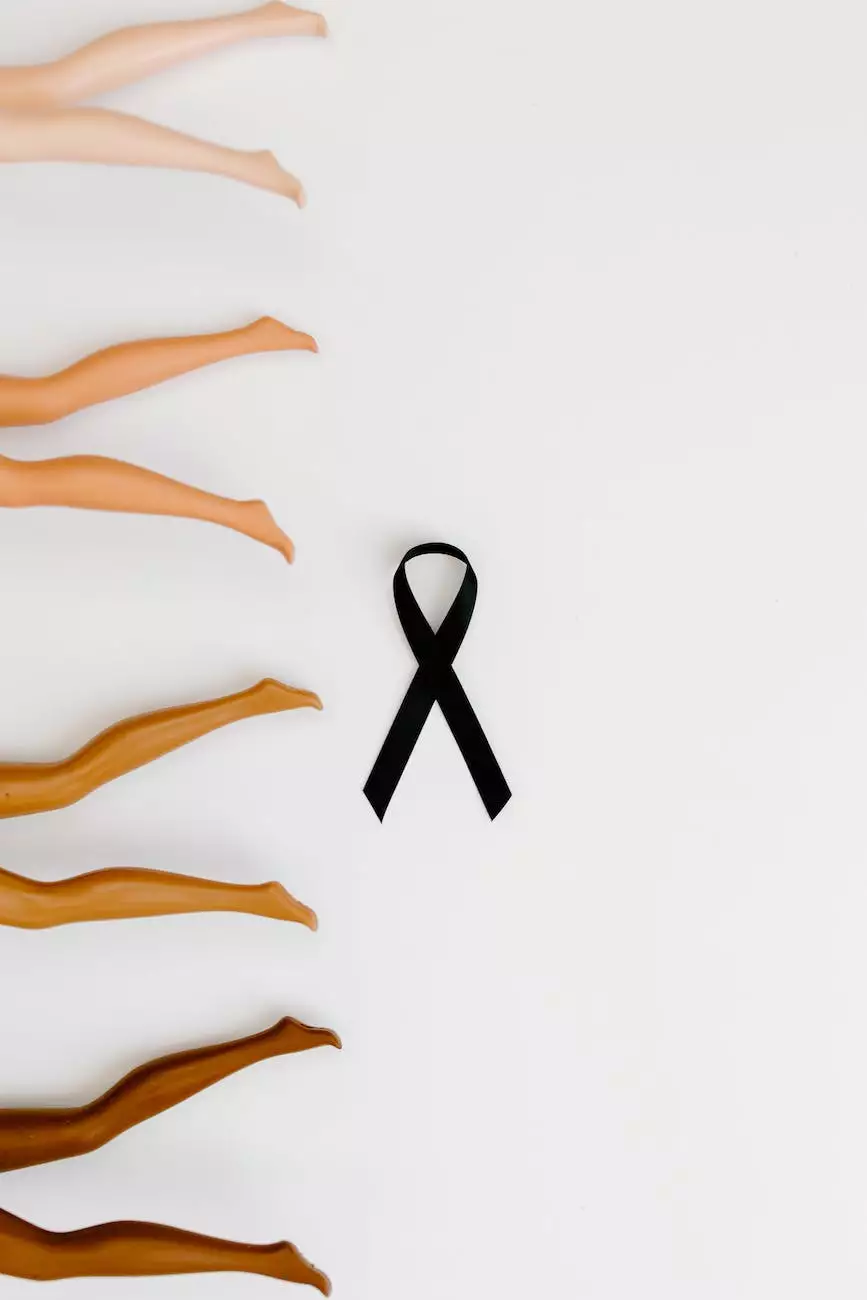How to Do a Self-Check for Skin Cancer
Cancer Care
Welcome to Bowling Orthopaedics, where we prioritize your overall health and well-being. In this comprehensive guide, we will provide you with step-by-step instructions on how to perform a thorough self-check for skin cancer. By implementing these techniques and being vigilant, you can increase the chances of early detection, treatment, and prevention of serious skin conditions.
The Importance of Regular Skin Cancer Self-Checks
Skin cancer is the most common form of cancer worldwide, and early detection is crucial. By conducting regular self-checks, you can identify any changes or abnormalities on your skin, allowing for prompt medical attention and treatment if necessary. Remember, early intervention can significantly improve the prognosis.
Step-by-Step Guide to Self-Checking for Skin Cancer
Step 1: Find a Well-lit Room with a Full-length Mirror
To begin your self-check, choose a room with ample lighting. A full-length mirror will enable you to inspect your entire body, making it easier to detect any irregularities or new moles.
Step 2: Perform a Visual Inspection of Your Skin
Start by examining areas that are most frequently exposed to the sun, such as your face, neck, arms, and legs. Look for any unusual growths, moles, or spots with irregular borders, asymmetry, or differing colors. Pay attention to any changes in size, shape, or texture.
Remember, not all moles are cancerous, but any new or changing growth should be examined closely. Take note of any spots that are itchy, bleeding, or have an abnormal appearance.
Step 3: Examine Your Scalp and Hairline
Using a hand mirror or asking for assistance, carefully inspect your scalp, hairline, and the back of your neck. Part your hair in sections to ensure a thorough examination. Pay attention to any unusual growths or spots and take note of any changes since your last self-check.
Step 4: Check Your Ears, Face, and Neck
Move on to your ears, face, and neck. Examine the front and back of your ears, earlobes, and areas behind your ears. Inspect your nose, lips, and mouth carefully, including the inside of your cheeks and gums. Use a hand mirror if needed to ensure a comprehensive examination.
Don't forget to check your neck for any enlarged lymph nodes or unusual growths.
Step 5: Inspect Your Upper Body
Continuing the examination, shift your attention to your upper body. This includes your chest, underarms, and breasts (for both males and females). Check for any abnormal growths, redness, or changes in skin texture. In the case of females, remember to examine the areas beneath and between the breasts.
Step 6: Assess Your Lower Body
Now, direct your focus towards your lower body. Examine your abdomen, groin, buttocks, genital area, thighs, legs, and feet. Pay close attention to any new moles, growths, or unusual spots. Use a hand mirror, if necessary, to ensure a thorough inspection, especially in hard-to-reach areas.
Step 7: Don't Forget Your Hands and Feet
Your hands and feet require careful examination as well. Inspect the palms of your hands, fingers, and nails. Look for any unusual growths, changes in color, or any bleeding sores that do not heal. When examining your feet, inspect the soles, toes, toenails, and spaces between the toes. Any suspicious growths or changes should be noted.
Step 8: Keep Track of Your Findings
Throughout your self-check, it is essential to make notes or take photographs of any moles or spots that raise concerns. This documentation will assist your healthcare professional in determining any changes during future assessments.
When to Seek Medical Attention
If during your self-check, you notice any of the following, it is advisable to consult a medical professional promptly:
- A mole or spot that has changed in size, shape, color, or texture
- A new mole or spot that has appeared
- An asymmetrical mole
- A mole with irregular borders
- A mole that is larger than 6mm in diameter
- A mole or spot that is itchy, painful, or bleeding
It is always better to be safe than sorry. If you are unsure about any abnormalities or changes on your skin, consult a healthcare professional for a thorough examination.
Conclusion
Performing regular self-checks for skin cancer is a proactive measure that can significantly contribute to the early detection and successful treatment of potential skin conditions. By following the steps outlined above, you can play an active role in safeguarding your skin health.
At Bowling Orthopaedics, we prioritize your well-being and encourage regular self-checks. Remember, early detection saves lives. If you have any concerns or questions about skin cancer, contact us today for expert guidance and care.




